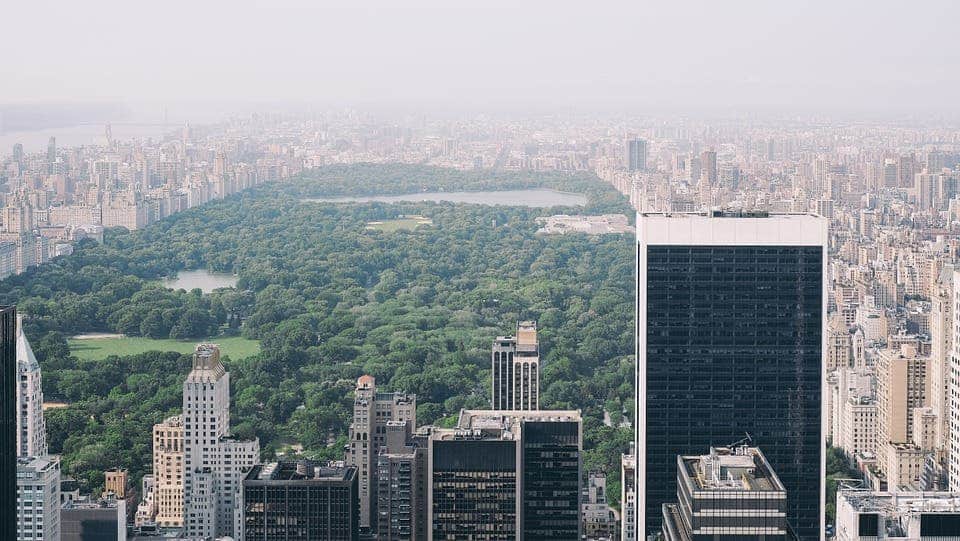New research shows that a 20-minute long visit to the park can make you happier, whether you exercise or not.

A team of researchers from the University of Alabama at Birmingham Department of Occupational Therapy says that urban parks are great for our emotional and mental wellbeing. Visiting an urban park for as little as 20 minutes will make you feel happier, they say, no matter what you do during that time.
Parking space for your stress
“Overall, we found park visitors reported an improvement in emotional well-being after the park visit,” says main author Hon K. Yuen. “However, we did not find levels of physical activity are related to improved emotional well-being. Instead, we found time spent in the park is related to improved emotional well-being.”
The study points to urban parks as key neighborhood elements, providing residents with the opportunity to enjoy nature and engage in physical activity. Contact with nature and health-promoting and/or social and recreational activities in parks let people reap benefits such as stress reduction and recovery from mental fatigue.
Data for the study was recorded in three urban parks — Overton, Jemison, and Cahaba River Walk Parks — in Mountain Brook, Alabama. These three parks were selected as they were the main three public parks in the town and saw a large volume of visitors each day. The team collected feedback from 98 park visitors, although four reported twice during the study and their second responses were excluded — thus, the team worked with data from 94 participant testimonies.
The findings suggest that everybody can benefit from some park-time. You don’t need to be physically active during your time there, so individuals can gain the health benefits of spending time in an urban park regardless of any disability or limitation they may be struggling with.
Yuen says that the study definitely has its limitations — these include the lack of objective data (as it was self-reported) pertaining to the visit’s effect on health and emotional well-being, and the study’s limited scope, both in number of participants and geographic spread. Still, the findings are exciting, he says, and point to the need for more urban parks and better conservation work on those already in place.
“There is increasing pressure on green space within urban settings,” said Jenkins. “Planners and developers look to replace green space with residential and commercial property. The challenge facing cities is that there is an increasing evidence about the value of city parks but we continue to see the demise of theses spaces.”
The paper “Factors associated with changes in subjective well-being immediately after urban park visit” has been published in the International Journal of Environmental Health Research.


